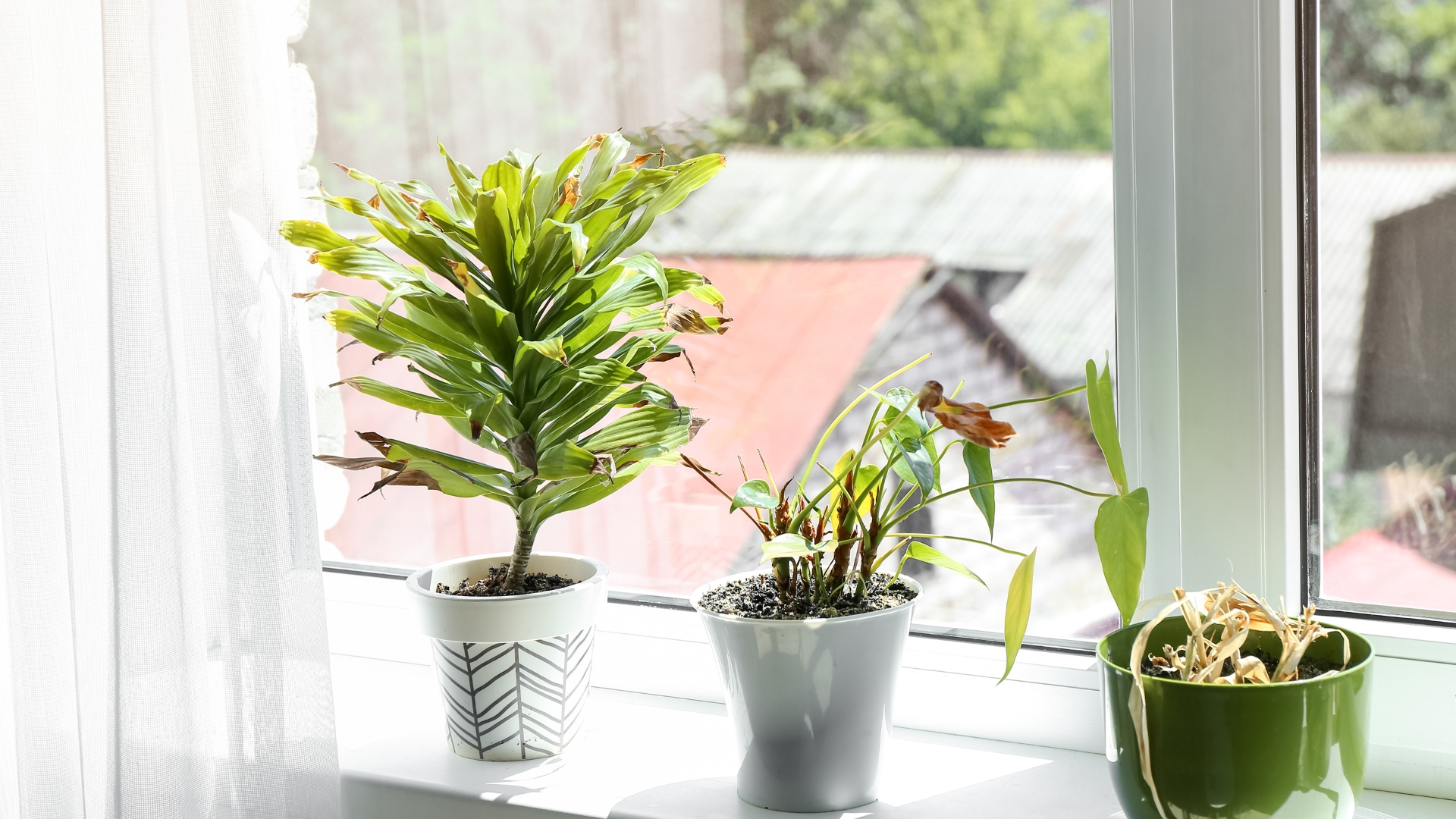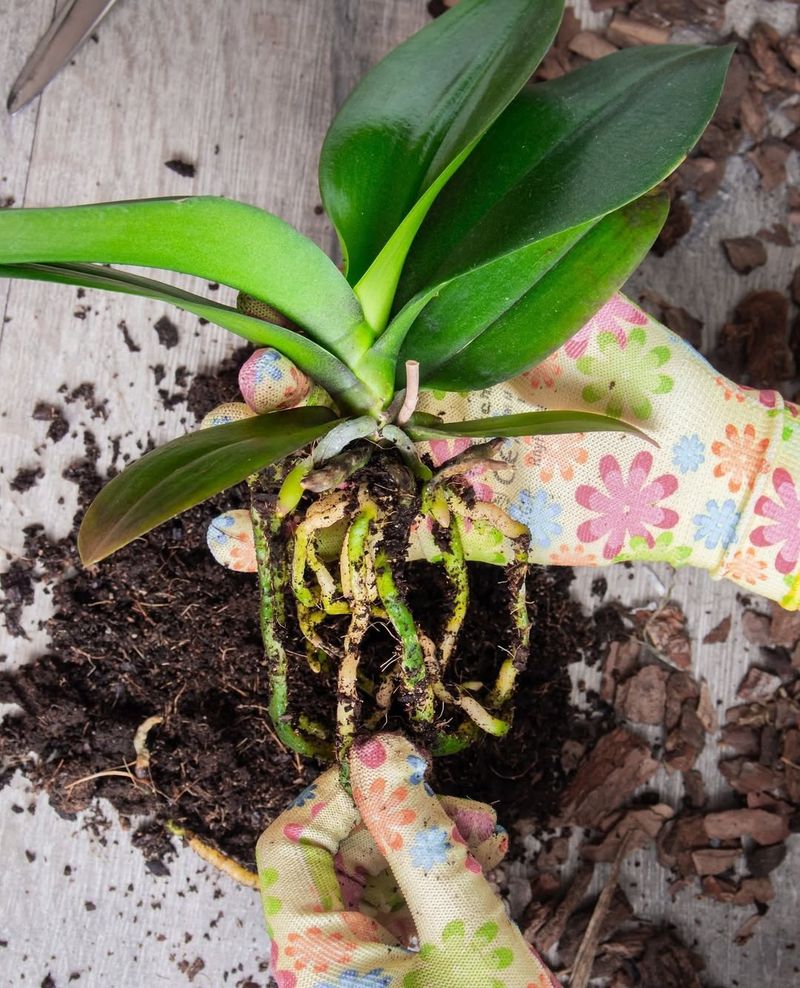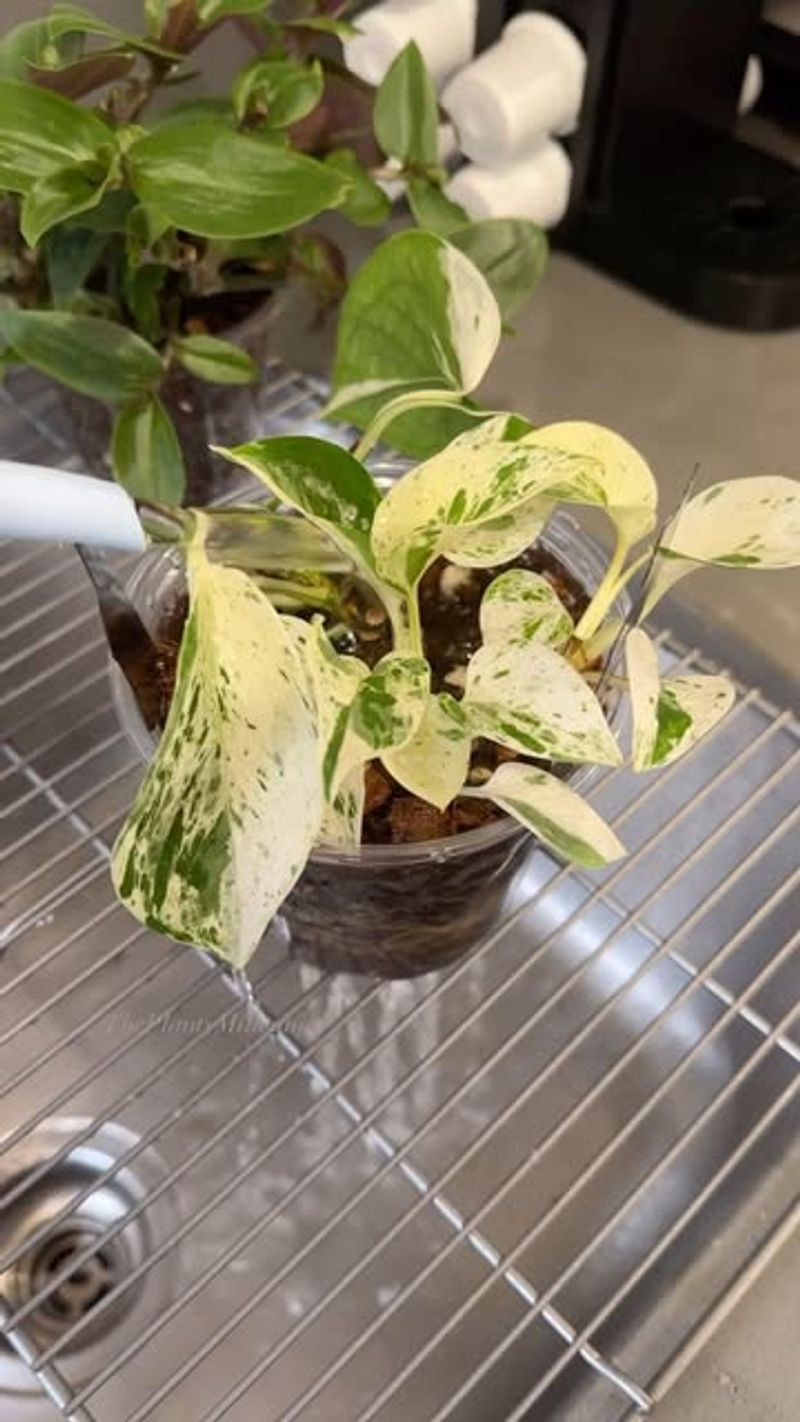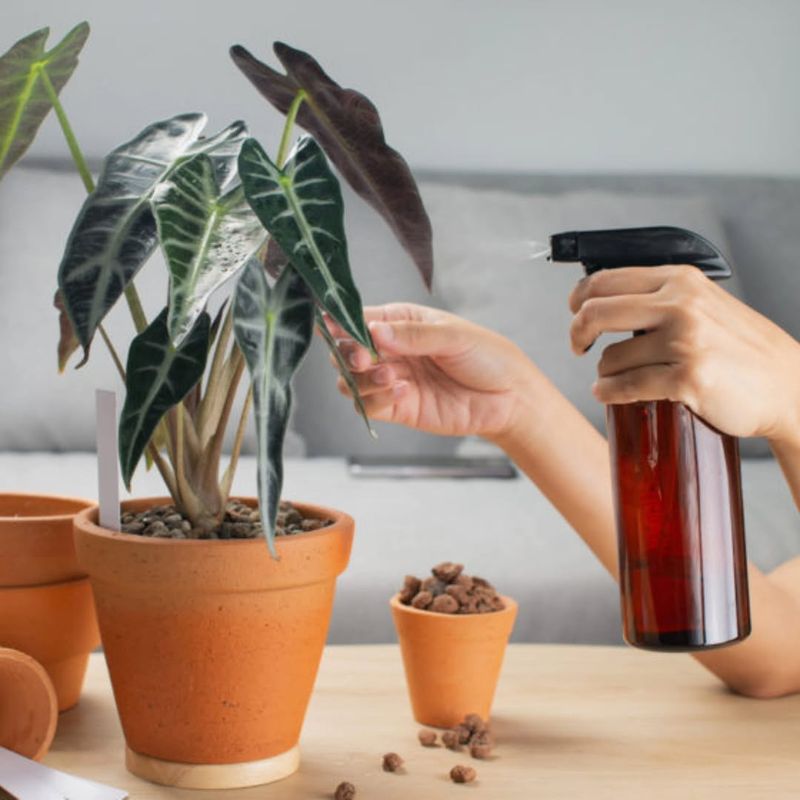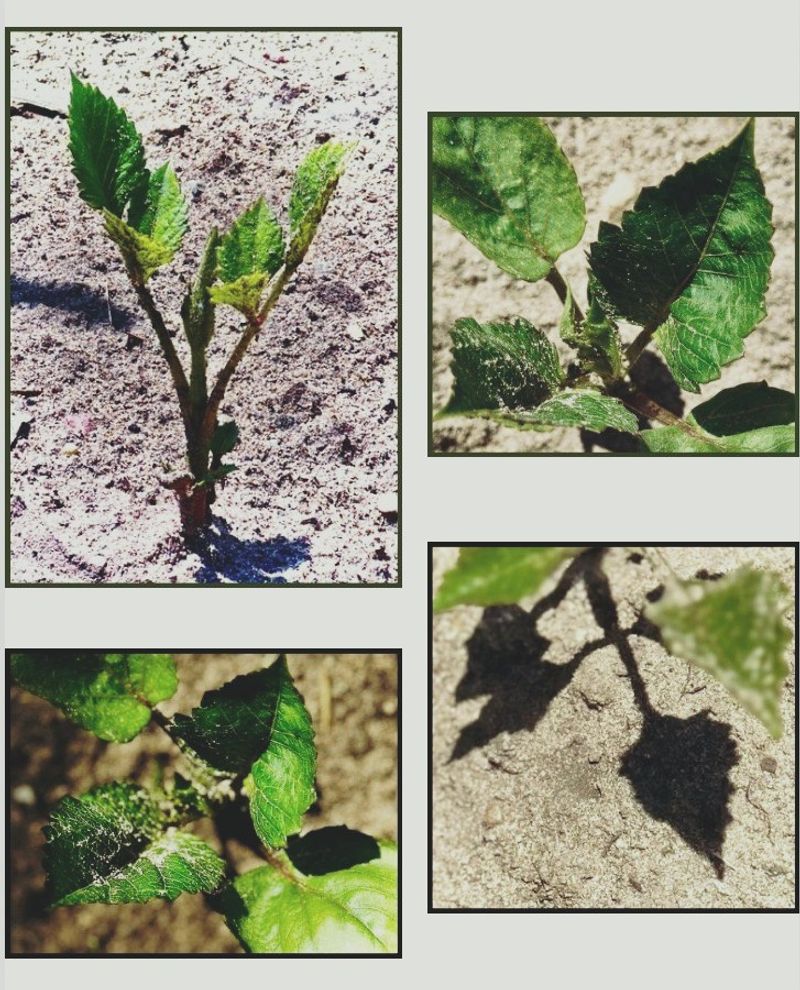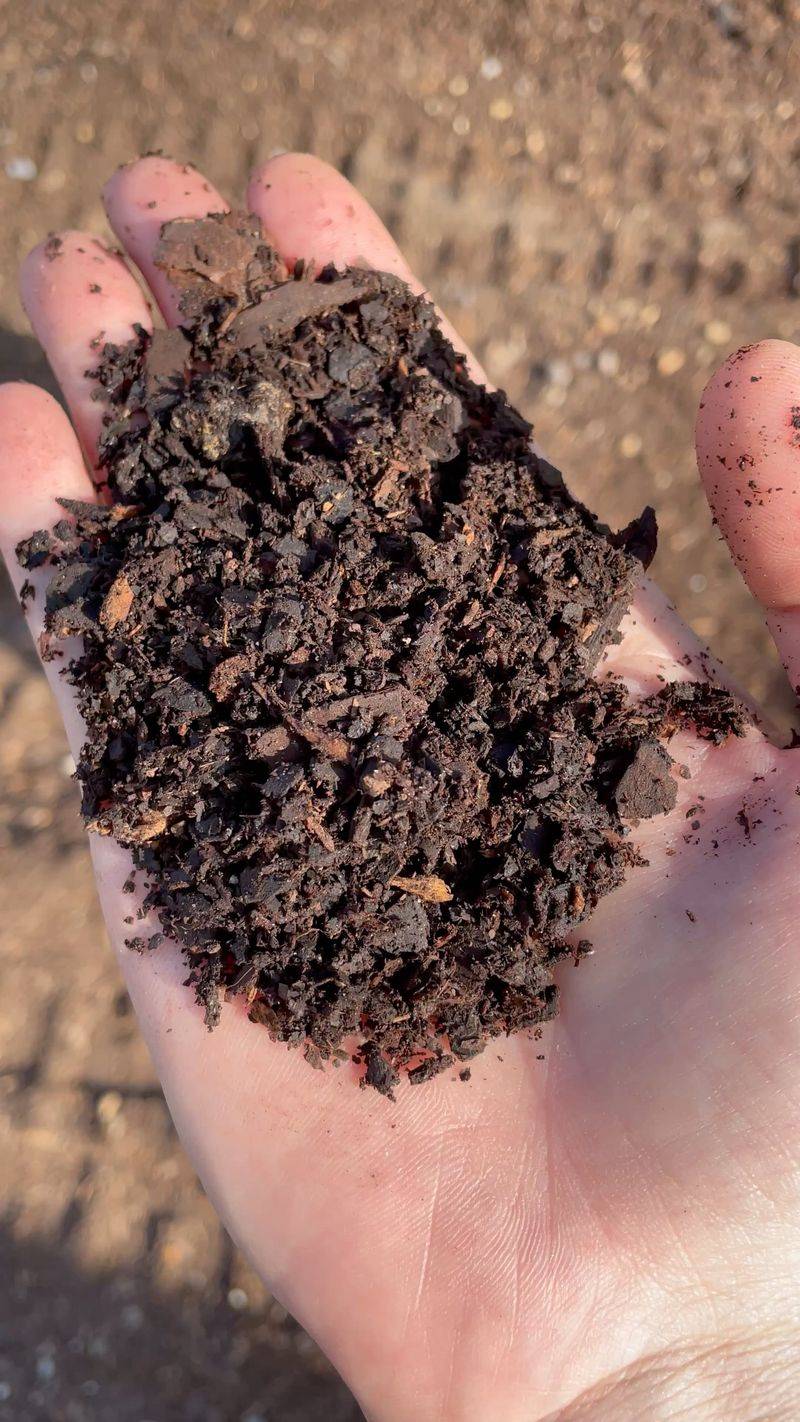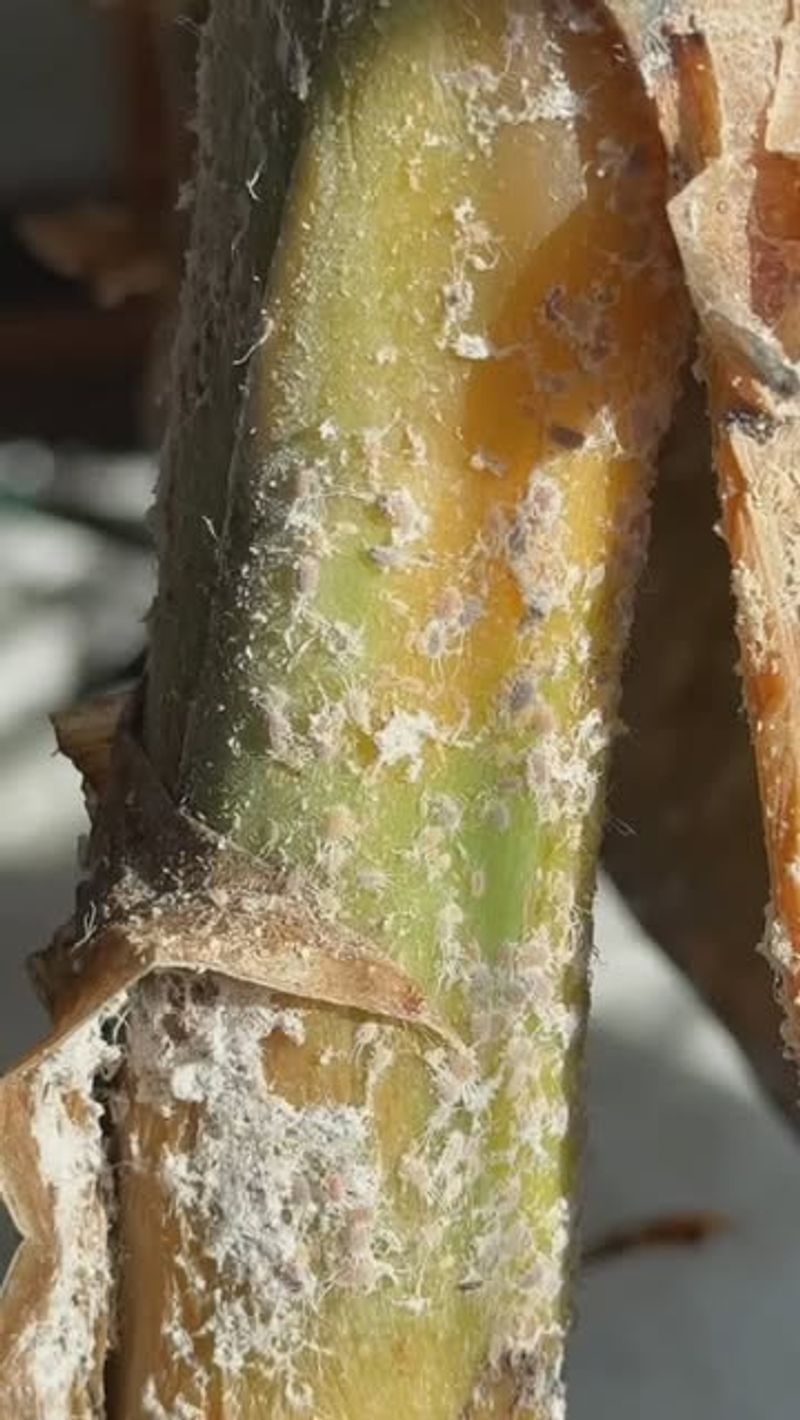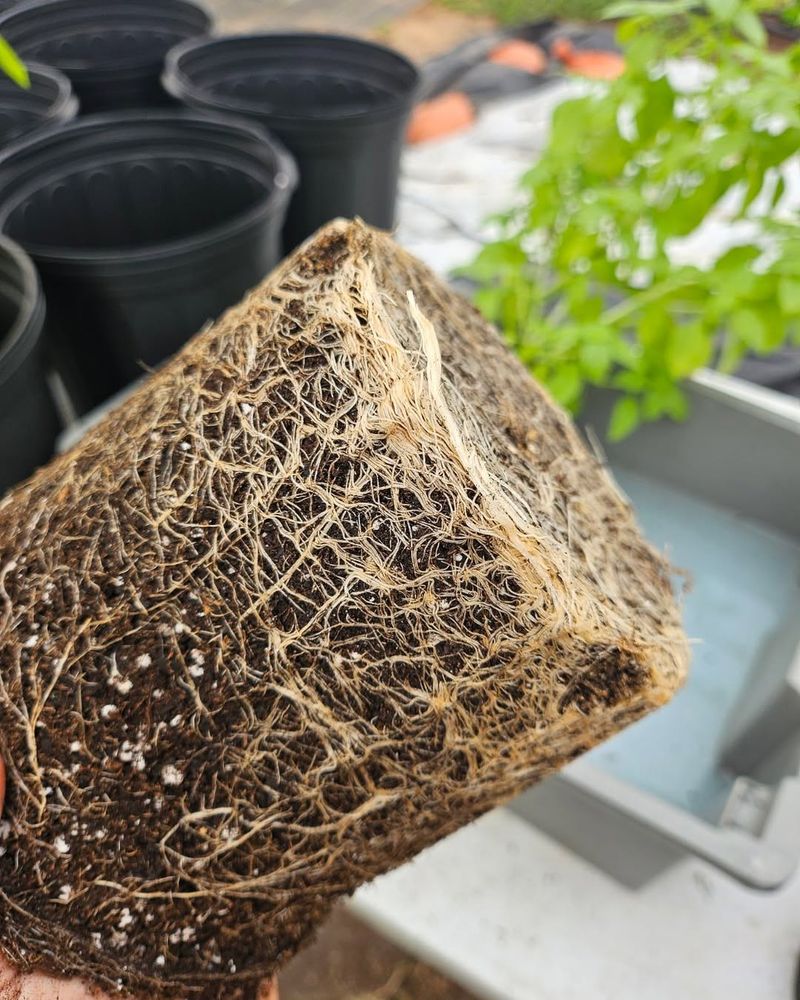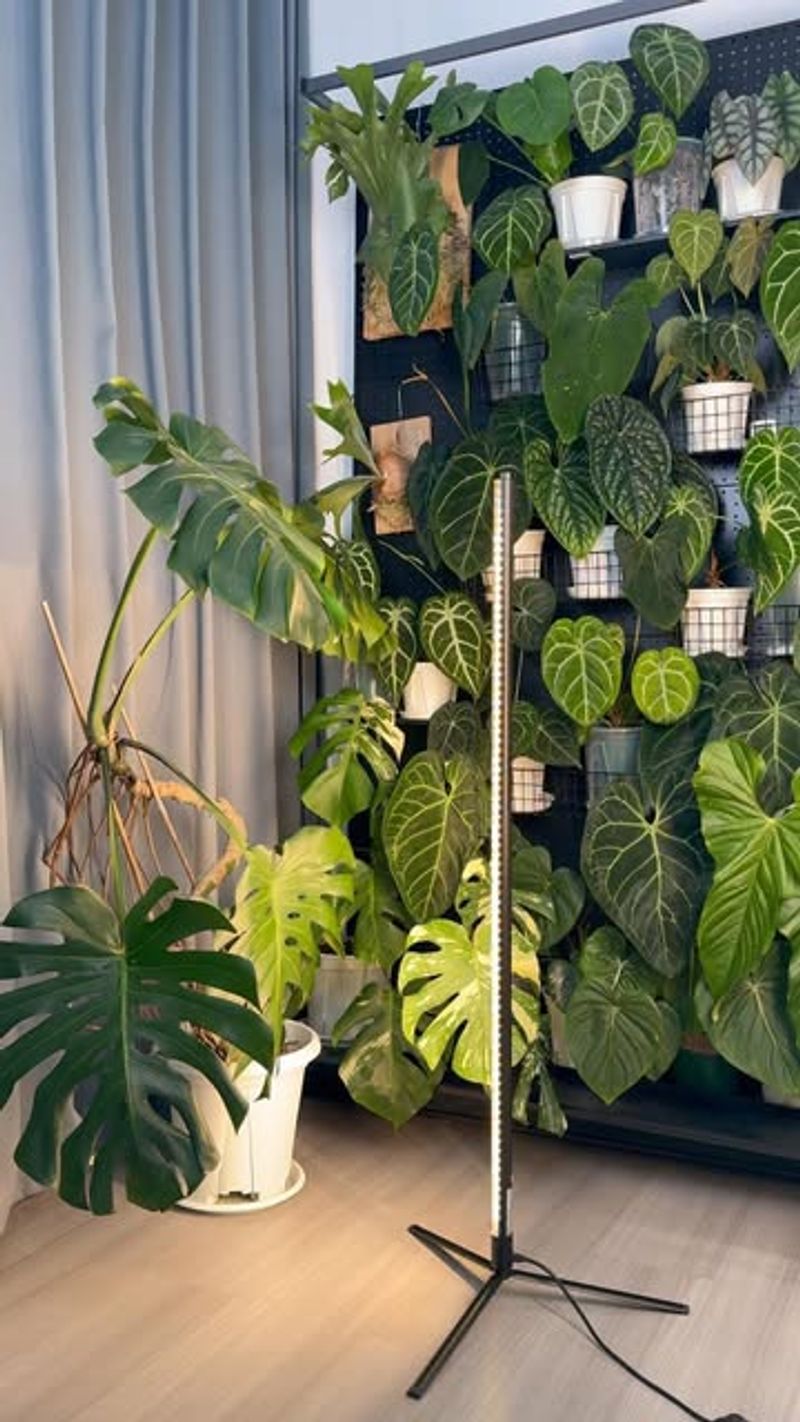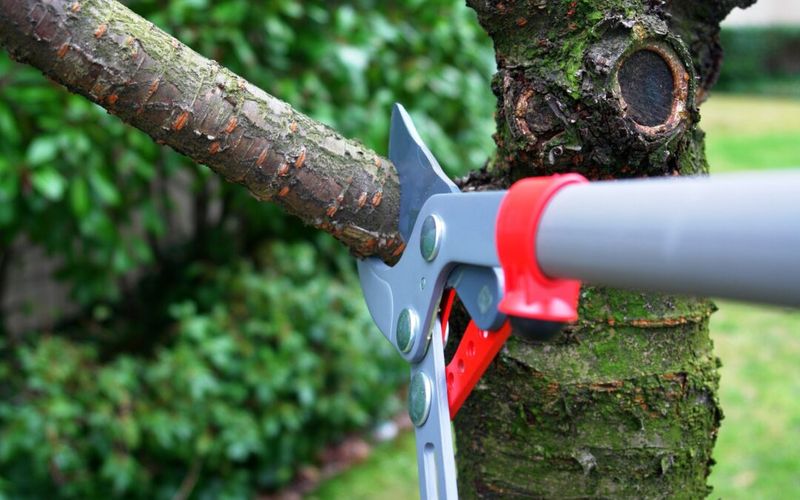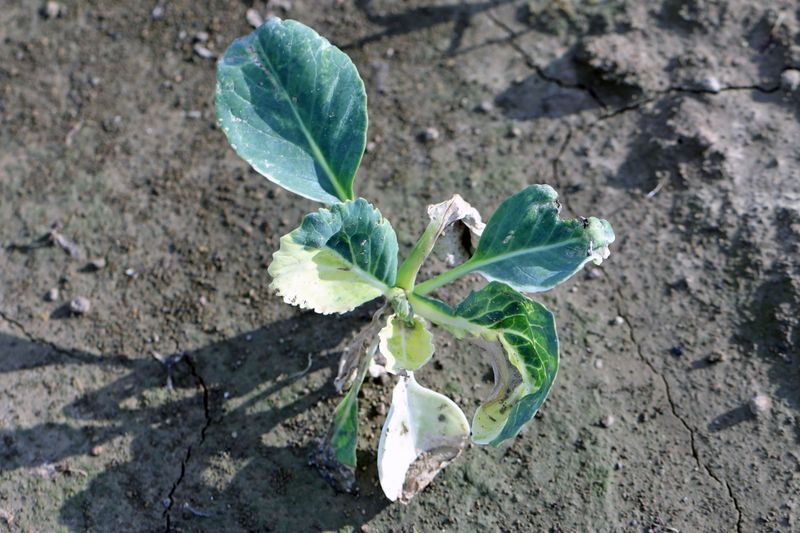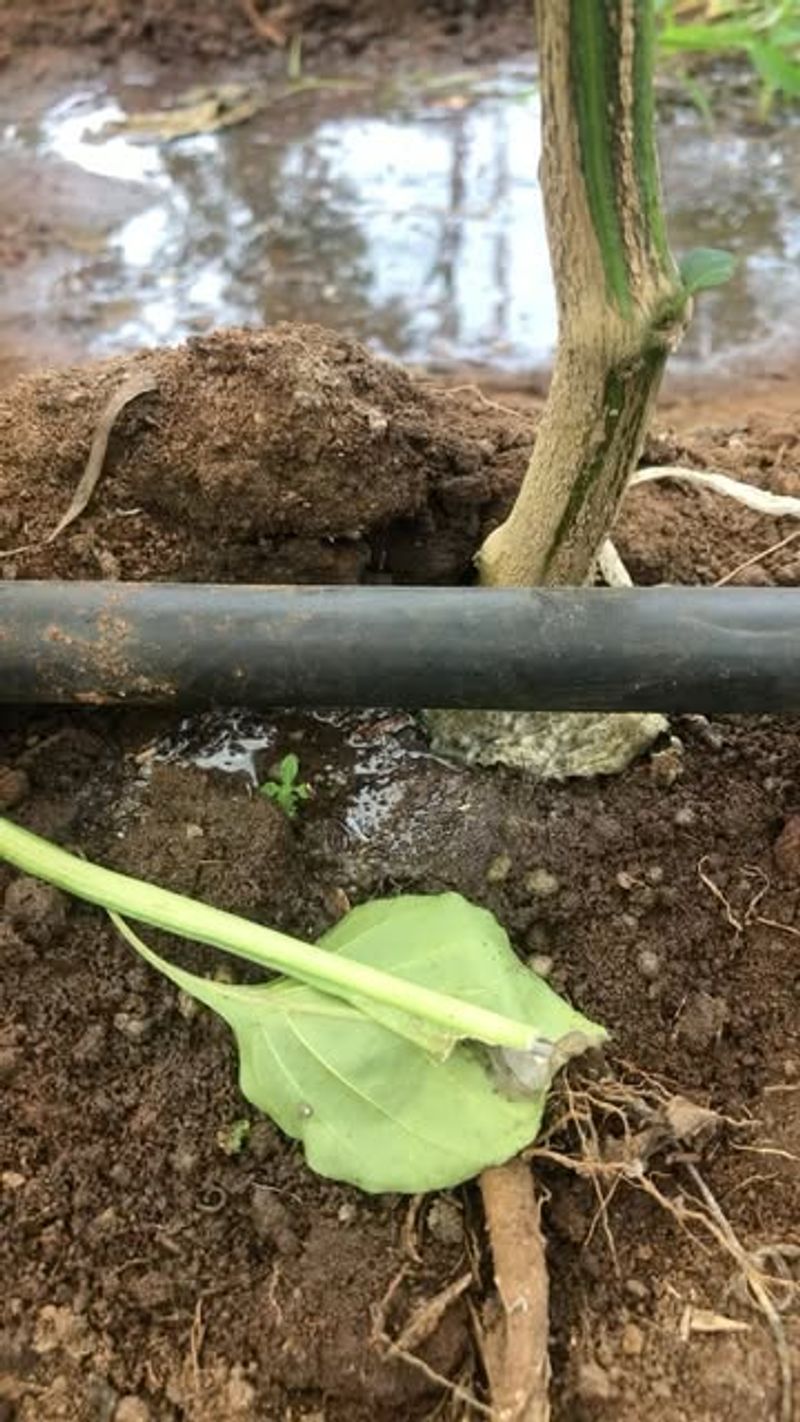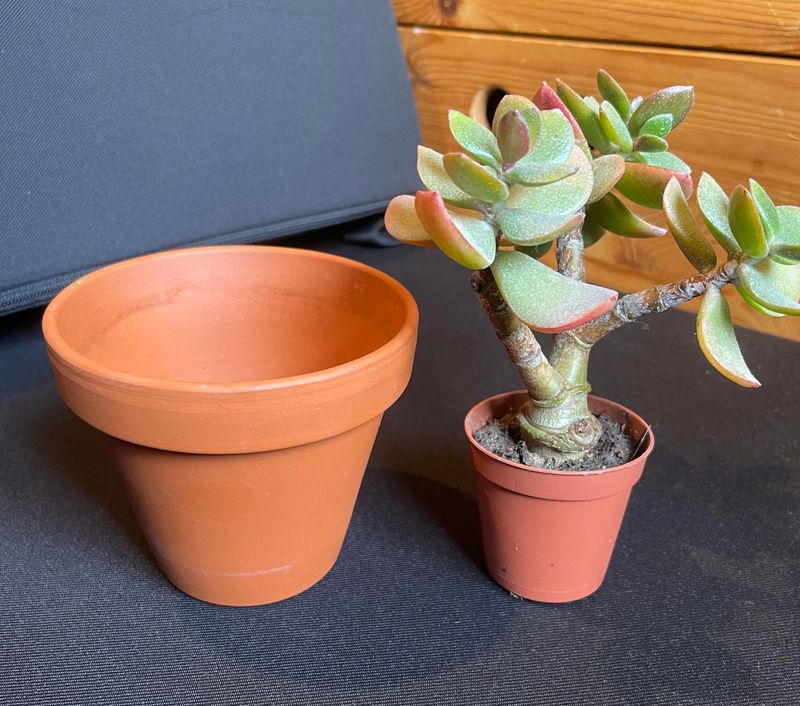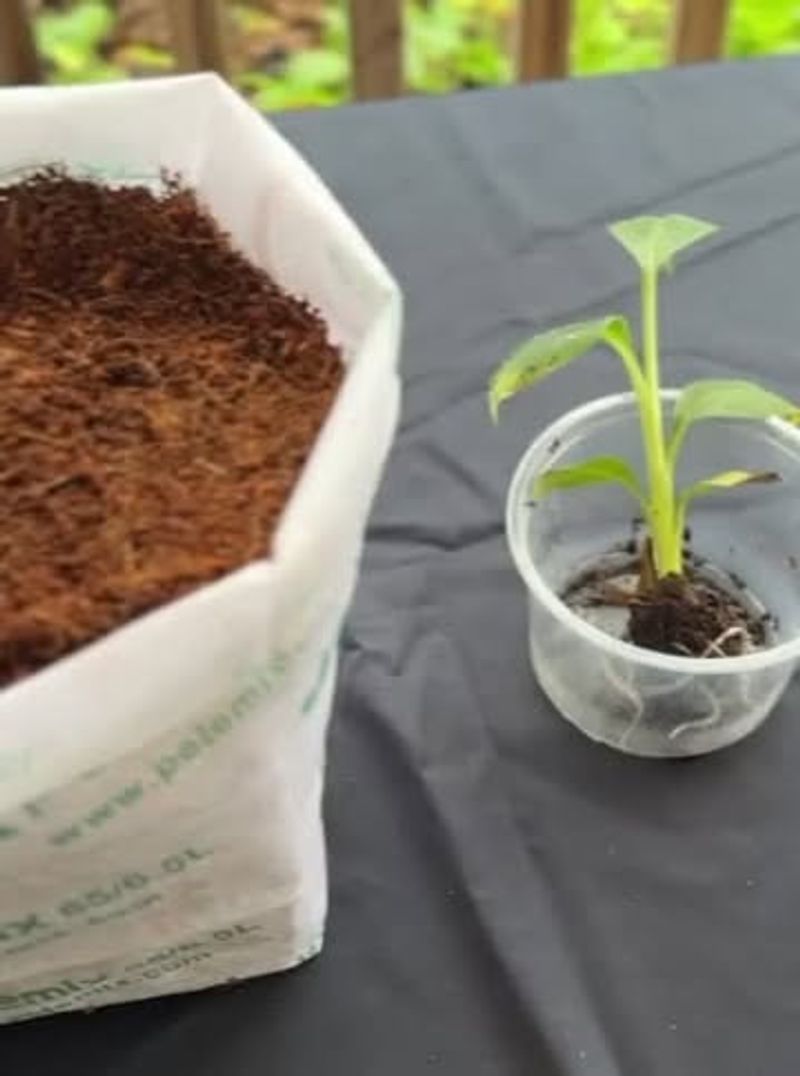Plants add a touch of nature to our homes, but sometimes they seem to droop and wilt despite regular watering. This can be frustrating and confusing for plant lovers. Understanding the reasons behind this can help you keep your plants healthy and vibrant, ensuring they thrive and bring joy to your space.
1. Incorrect Watering Schedule
Watering plants isn’t just about frequency. Sometimes, it’s about timing. Overwatering can suffocate roots, while underwatering makes them thirsty.
Observe soil moisture before watering. If it feels damp, skip watering that day. Creating a balanced schedule helps plants flourish.
Adjust frequency based on season and plant type for the best results. For an extra boost, water early in the morning to reduce evaporation and give roots time to absorb moisture before the heat sets in.
2. Poor Drainage
Water needs a way to escape. Without proper drainage, roots drown in excess water, leading to wilting. Ensure pots have drainage holes and add pebbles or sand for better water flow.
If water doesn’t escape, consider repotting. Healthy drainage systems keep roots oxygenated and your plant lively and strong.
To take it a step further, use breathable containers like terracotta, which naturally help wick away excess moisture and improve airflow to the roots.
3. Low Humidity
Plants, especially tropical ones, thrive in humid conditions. Low humidity can cause leaves to wilt and dry. Misting leaves or using a humidifier creates a more suitable environment.
Grouping plants together can also raise humidity levels. Providing the right atmosphere ensures your plants stay lush and hydrated.
Placing a shallow tray filled with water and pebbles beneath your pots can also boost humidity as the water slowly evaporates around the plants.
4. Incorrect Sunlight
Sunlight is crucial, but too much or too little can harm. Observe your plant’s sun needs. If leaves burn, move to a shadier spot.
For pale leaves, increase light exposure. Each plant is unique; understanding its sunlight preference prevents stress and encourages growth.
Rotate your plants every week or two to ensure even light exposure and balanced growth, especially for those sitting near windows.
5. Soil Quality
Soil is more than just dirt. Poor soil quality affects nutrient absorption, causing wilting. Ensure your soil is well-aerated and rich in nutrients.
Consider mixing in compost or using a specialized potting mix. A healthy soil foundation supports strong, vibrant plant life.
Also, check the pH level of your soil—some plants prefer acidic or alkaline conditions, and the right balance can make a big difference in growth.
6. Pest Infestation
Tiny invaders can wreak havoc. Pests like aphids or spider mites sap nutrients, leaving plants weak. Regularly inspect leaves for signs of pests.
Use natural remedies like neem oil to control infestations. Healthy plants build resistance, so maintaining plant health is crucial to prevent pest problems.
You can also rinse leaves with a gentle spray of water to dislodge pests before they multiply—especially helpful for soft-bodied insects like aphids.
7. Nutrient Deficiency
Nutrients are essential for robust growth. Lack of key elements like nitrogen, phosphorus, or potassium can lead to wilting.
Monitor leaf color for signs of deficiency. Fertilize accordingly, but avoid over-fertilization. Balanced nutrient intake keeps plants vibrant and resilient, ready to thrive.
For an extra boost, consider using slow-release or organic fertilizers to provide steady nourishment over time without overwhelming the plant.
8. Root Bound
Roots need space. When a plant becomes root-bound, growth stunts as roots compete for nutrients. Check for circling roots and consider repotting in a larger container.
This gives roots room to expand and absorb more nutrients, promoting healthier, more vigorous plant growth.
When repotting, gently loosen the root ball to encourage outward growth and help the plant establish itself more quickly in its new home.
9. Temperature Fluctuations
Sudden temperature changes can shock plants. Moving them from warm to cold areas, or vice versa, stresses them.
Keep plants away from draughty windows or heating vents. Maintain a consistent temperature to avoid wilting. A stable environment supports steady growth and vibrant foliage.
If moving plants outdoors or bringing them inside, acclimate them gradually over several days to help them adjust without stress.
10. Improper Pruning
Pruning requires care. Cutting too much can stress plants, while neglecting it can lead to overgrowth. Prune dead or unhealthy parts to encourage new growth. U
se sharp tools to make clean cuts, preventing infections. Proper pruning shapes plants and supports healthier, lusher foliage.
For best results, prune during the plant’s active growing season or just before it, when recovery and new growth are most likely to thrive.
11. Chemical Exposure
Plants are sensitive to chemicals. Household cleaners or pesticides can harm them. Keep plants away from chemical exposure.
Rinse leaves if they come into contact with chemicals. Opt for natural solutions when possible. Protecting plants from harmful substances ensures their well-being and vigor.
Also, be cautious with treated water—if your tap water is high in chlorine or fluoride, let it sit out overnight before using it on your plants.
12. Overcrowding
Plants need personal space too. Overcrowding leads to competition for light and nutrients, causing stress and wilting.
Give each plant adequate space to grow. Rearrange if necessary, ensuring air circulation and light reach each plant.
A little space goes a long way in keeping plants happy and healthy. When potting multiple plants together, choose companions with similar growth habits to avoid one outgrowing or shading the others.
13. Water Quality
Not all water is equal. Hard water or water with chemicals can affect plant health. Use filtered or rainwater for better results.
Allow tap water to sit overnight to dissipate chlorine. Providing clean, quality water ensures plants receive the hydration they need to thrive.
For sensitive plants, check for signs like leaf browning or residue buildup—these can indicate mineral-heavy water that may need adjusting.
14. Disease
Fungal infections or bacterial issues can cause wilting and discoloration. Act quickly at signs of disease. Remove affected parts and treat with appropriate fungicides or remedies.
Regular monitoring and early intervention can save plants from serious damage and encourage recovery. To help prevent outbreaks, avoid overhead watering and ensure good airflow between plants—dry foliage is less inviting to disease.
15. Pot Size
Too large a pot retains excess moisture, while too small restricts root growth. Choose an appropriate size for your plant.
As plants grow, consider gradual repotting to support development. The right pot size ensures stable growth and prevents unnecessary stress.
Also, make sure your pot has drainage holes—no matter the size—to prevent water buildup and root rot.
16. Transplant Shock
Transplant shock occurs after repotting or relocating. Minimize stress by gently handling roots and maintaining consistent care.
Gradually acclimate plants to new conditions. With time, they adjust and regain strength. Patience and care help plants overcome transplant shock.
To ease the transition, water thoroughly after transplanting and keep the plant out of direct sunlight for a few days to help it settle in.

